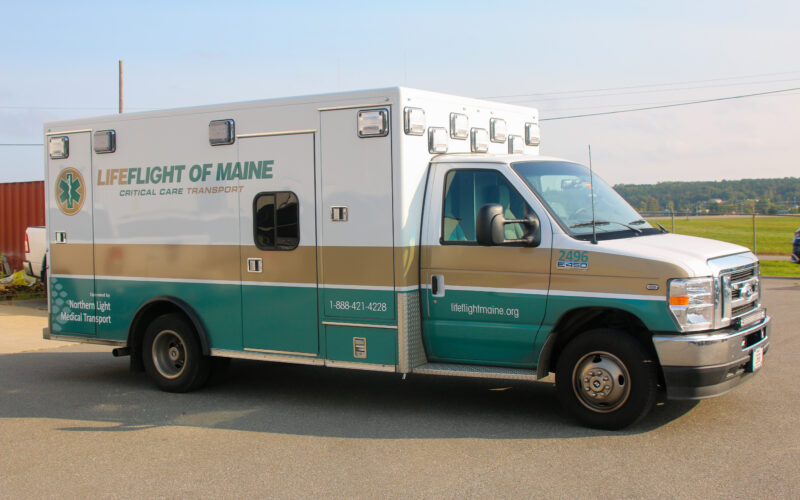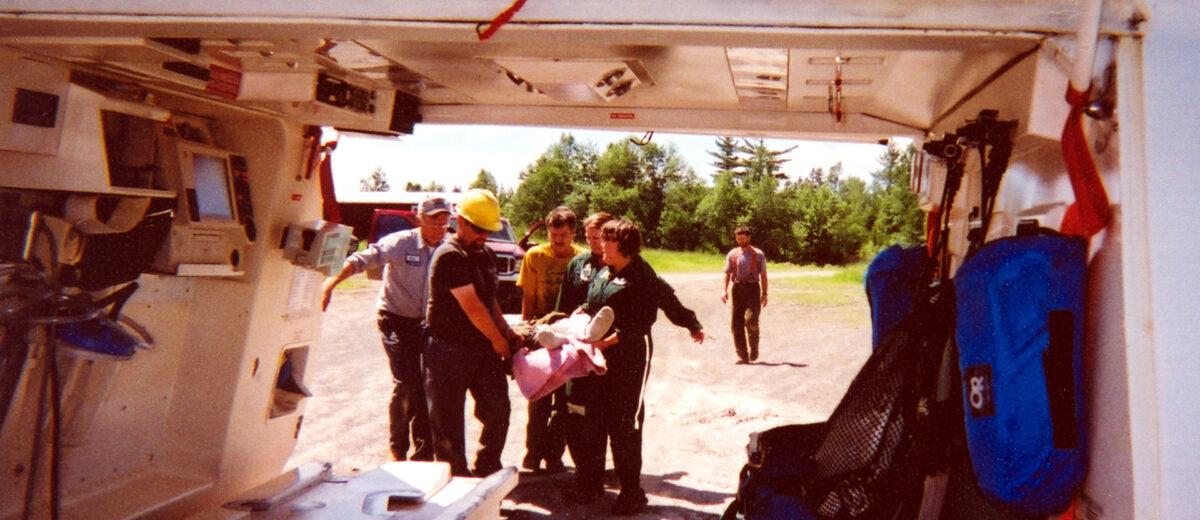History
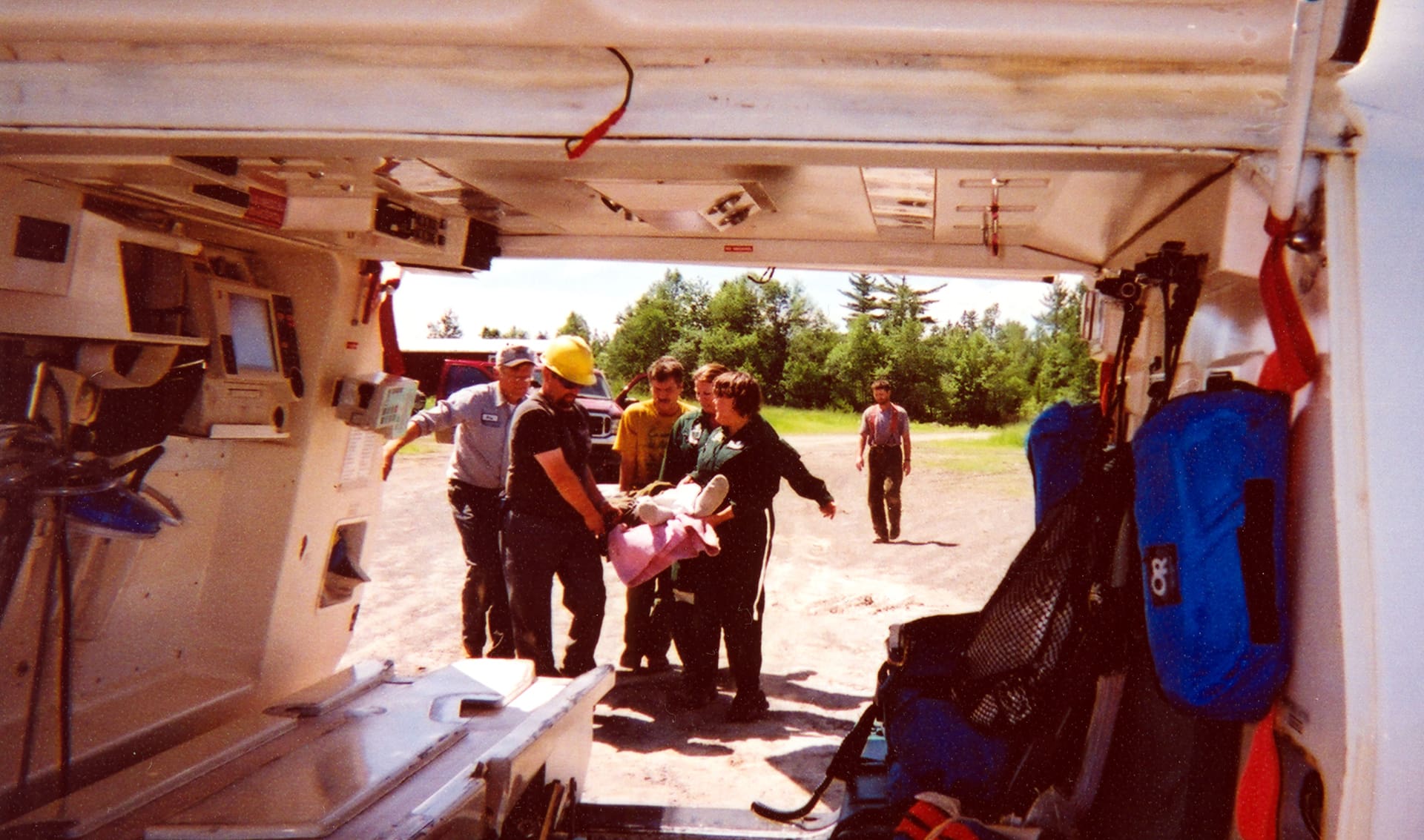
In 1998, Maine was the only state in the country without access to dedicated medical helicopters.
There was no infrastructure to support air medical operations and only two of Maine’s 36 hospitals had helipads. There were no helipads at the major trauma centers, no statewide communication system to support air medical operations, no maintenance facilities, limited weather reporting, and limited fuel availability outside of major airports.
Geography and demography present huge challenges to developing safe air medical operations in Maine: the most challenging aviation weather outside of Alaska, a 50,000-square-mile service area including hundreds of islands with full-time or seasonal population, the most heavily forested state outside of Alaska, the most rural state in the country (as measured by population outside of urban centers), the oldest population in the country, a resource-based economy with limited insurance coverage, and an east-west road network characterized by “you can’t get there from here.”
To assure safe and high-quality operations LifeFlight had to build a system from scratch using lessons learned from across the world and partnerships with other high-performance providers. From the outset, LifeFlight adopted twin engine instrument flight helicopters despite operating under more restrictive visual flight regulations as there was no infrastructure to support the higher level of safety capability of instrument flight.
In the ensuing years, with private and public support, including three publicly supported bond issues, LifeFlight has built a comprehensive system to support the safe delivery of aviation medicine, incorporating an envelope of weather reporting, low-level instrument flight operations, fuel, communications, and state-of-the-art aircraft to assure the safety of the LifeFlight teams and patients.
The journey includes helping to build 32 hospital helipads; 10 community helipads; 18 weather observation systems at airports, hospitals, and islands; and 39 advanced instrument flight navigation approach and departure procedures at hospitals and islands. It also includes assisting in the development of remote fueling capabilities for rural hospitals, and most currently a national demonstration project with the FAA to develop low-level, nextgen, precision, performance-based, instrument flight navigation.
1998
Gov. Angus King, Central Maine Healthcare CEO Bill Young, and Eastern Maine Healthcare CEO Norm Ledwin announced the creation of LifeFlight of Maine. The first aircraft arrived in Bangor. The first patient flight made to a scene call in Deblois. Introduced ground safety courses for hospitals and EMS. The second aircraft arrived in Lewiston.
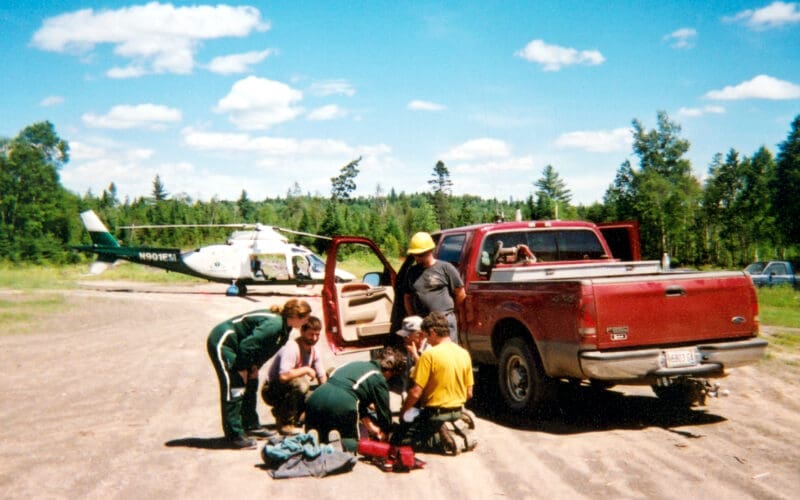
1999
First new hospital helipads at Sebasticook Valley Hospital in Pittsfield and Central Maine Medical Center in Lewiston.

2002
First community helipads opened on Swans Island. 2,000 patients safely transported.
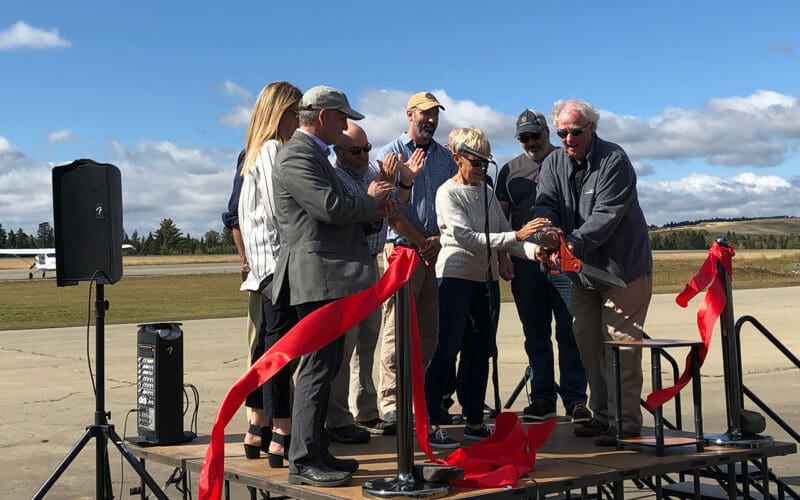
2003
Creation of the LifeFlight Foundation, a separate nonprofit fundraising organization. Full accreditation awarded by Commission on Accreditation of Medical Transport Systems (CAMTS). State transportation bond passed providing funds for helipads, aviation infrastructure, and the Human Patient Simulator program.
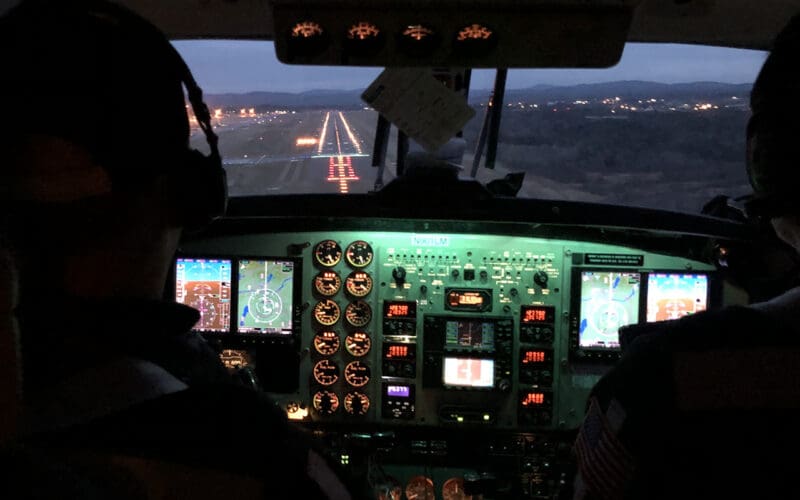
2004
New Agusta 109E helicopters purchased to improve range, capacity, and performance. 3,000 patients safely transported.
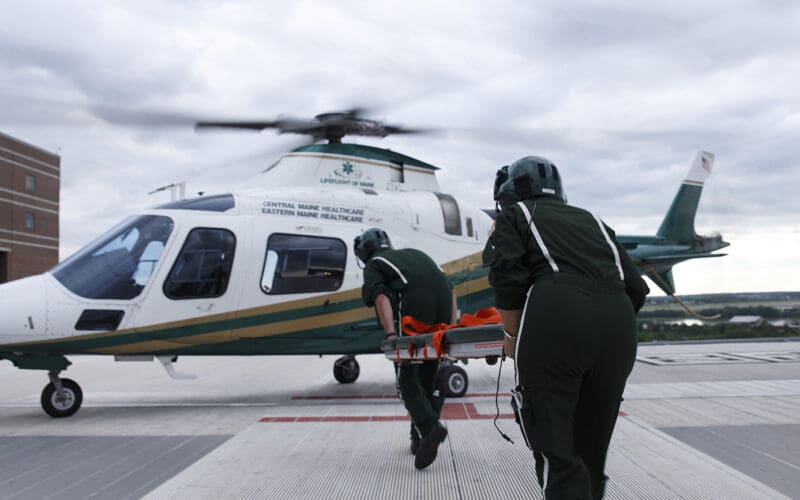
2005
4,000 patients safely transported. iSTAT portable blood monitors added to aircraft. IFR operations implemented (instrument flight rules). New statewide EMS protocol created that allows EMS to call for aircraft directly.
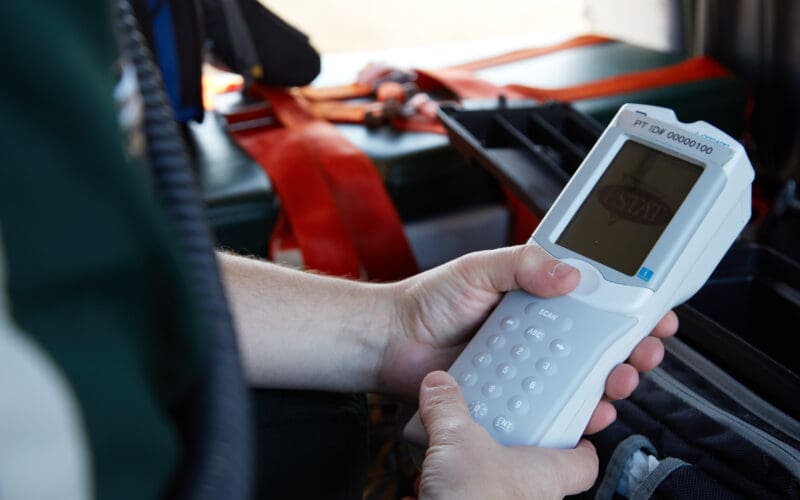
2006
First infant isolette transport made. Human Patient Simulator project launched with Maine EMS and Maine Health Access Foundation. Joined International Helicopter Safety Team project. Founding member of Aviation Safety Network of North America.
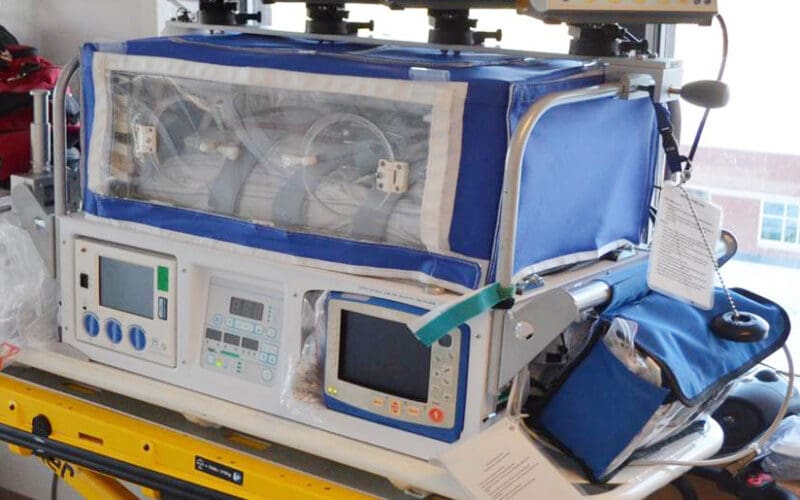
2007
First intra-aortic balloon pump transport. 1,000th participant in the Human Patient Simulator program. First six helicopter GPS approaches approved by the FAA. Completed installation of the first seven Automated Weather Observing Stations (AWOS). Trained 127th Maine National Guard medics for deployment to Iraq.
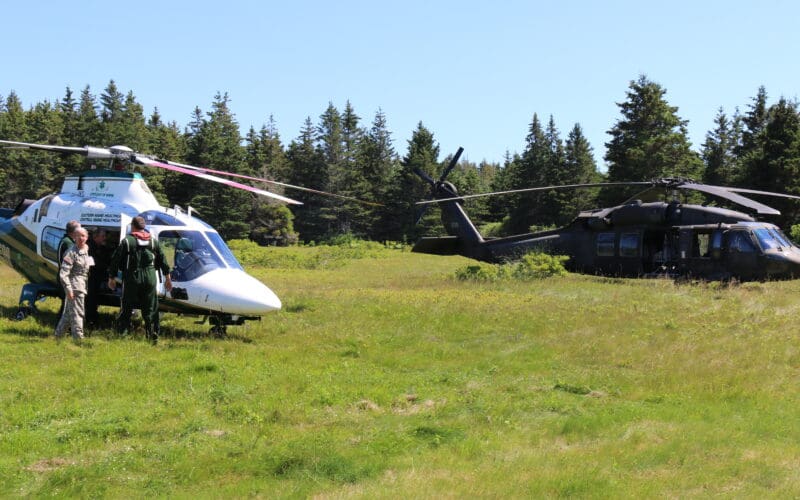
2008
9,000 patients safely transported. Thomas Judge appointed to National EMS Advisory Council. Awarded Program of the Year by the Association of Air Medical Services. Implemented night vision goggle system in aircraft.
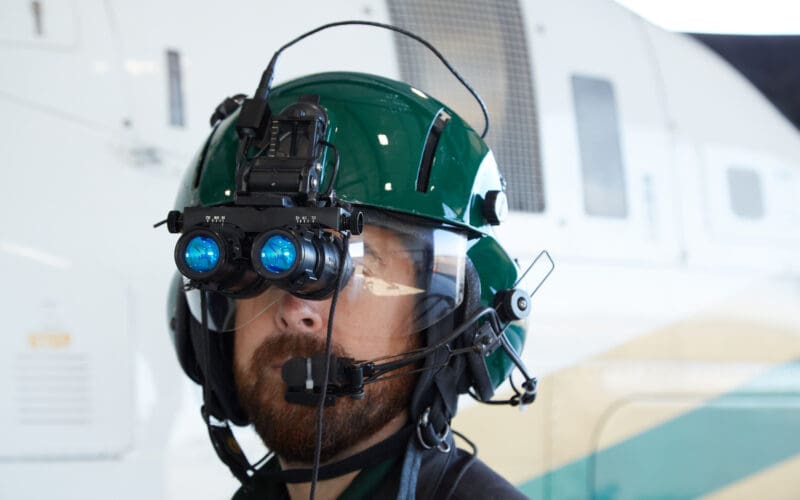
2009
10,000 patients safely transported. SkyConnect Satellite Tracking system installed. Initiated Remote Landing Zone project. Maine residents passed a transportation bond that included $1 million for aviation infrastructure. Reaccreditation by CAMTS.
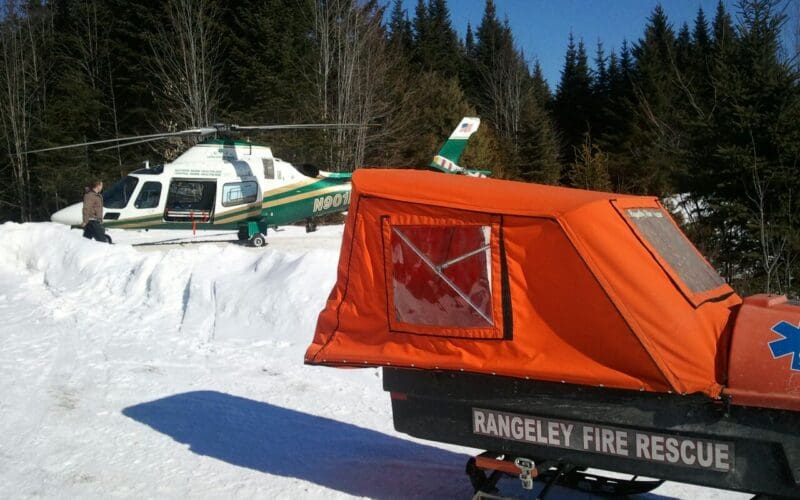
2011
13,000 patients safely transported. Wireless simulator, iStan, introduced in the HPS program. Just Culture implemented at both LifeFlight bases. Hosted first Pediatric Patients on the Edge conference. Installed IFR (instrument flight rules) route system across Maine.

2012
14,000 patients safely transported. LifeFlight Medical Director Norm Dinerman, MD, awarded Medical Director of the Year by the Association for Air Medical Services. Installed upgraded avionics on aircraft, including Traffic Collision and Avoidance System (TCAS) and Terrain Awareness Warning System (TAWS). State of Maine transportation bond funding for additional hospital helipads and other infrastructure projects. Connected all Automated Weather Observing Stations (AWOS) to public access internet site.
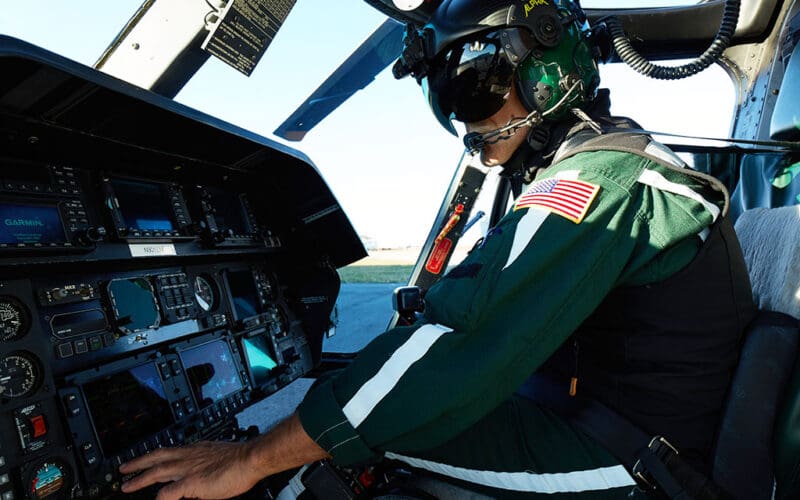
2013
16,000 patients safely transported. First transport using a video laryngoscope. Held first annual Islesboro Crossing for LifeFlight. 75th remote landing zone established. Began NICU partnership with EMMC.
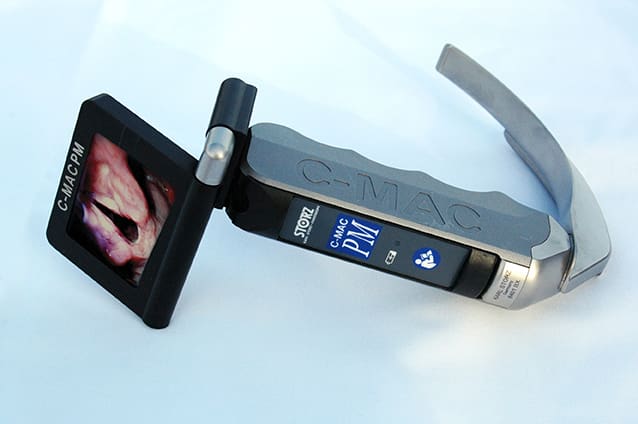
2015
19,000 patients safely transported. King Air B200 airplane joins LifeFlight fleet based in Bangor. Dedicated critical care ground transport team established in Bangor. New hangar opened at Bangor International Airport to accommodate new fixed-wing (N901LM), Bangor-based helicopter (N901EM), and the dedicated ground critical care ambulance.
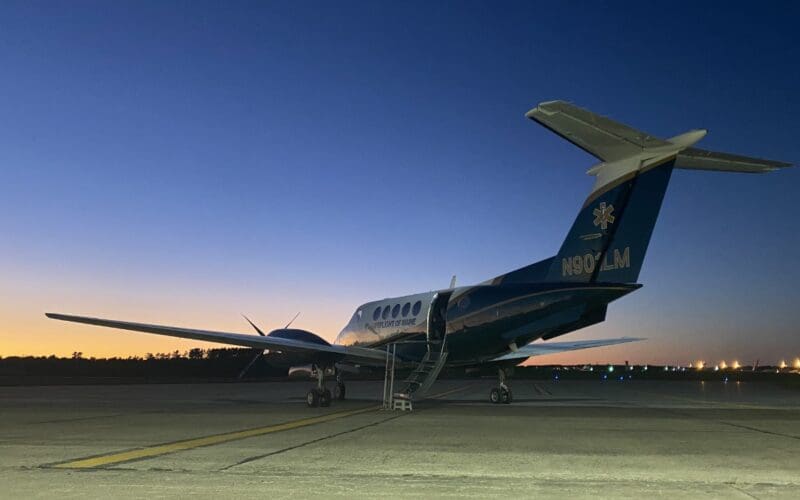
2016
21,000 patients transported safely. LifeFlight’s new educational initiative, the Critical Care Academy, received funding, and version 1 of the program was launched. First transport using mobile ultrasound technology.
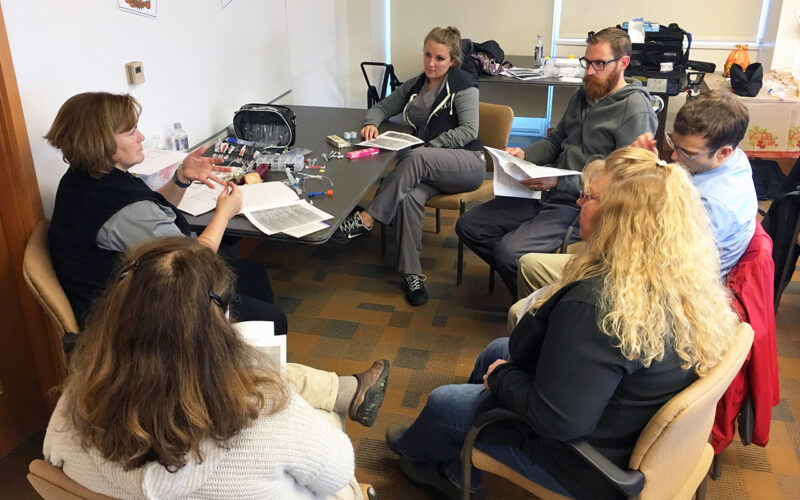
2017
23,000 patients safely transported. LifeFlight’s third helicopter base of operations opened in Sanford at the regional airport. Added third helicopter (N901WM) to the fleet. LifeFlight received national reaccreditation from CAMTS.
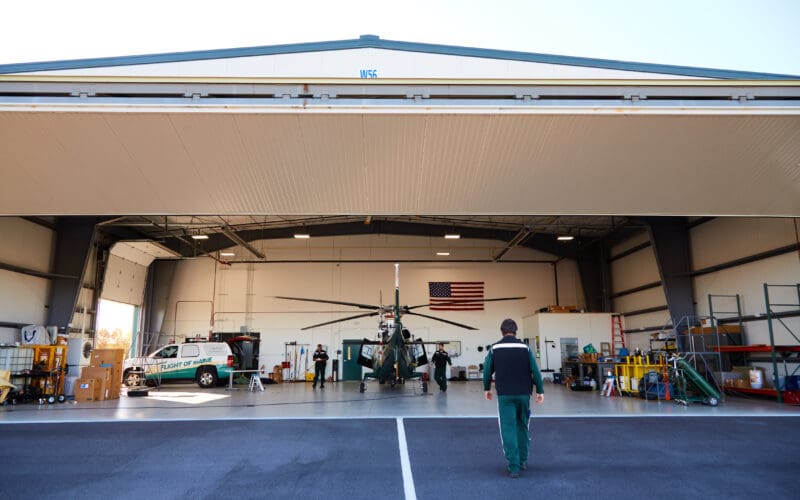
2018
25,000th patient safely transported. Sixth annual Islesboro Crossing open water swim fundraiser raised more than $500,000 in donations. LifeFlight held a series of dedication ceremonies at its bases in Bangor, Lewiston, and Sanford to publicly acknowledge 20 years of serving patients in Maine.

2019
28,000 patients safely transported. Two Rapid Response Vehicles (“fly cars”) were put into service at the Sanford and Lewiston bases.
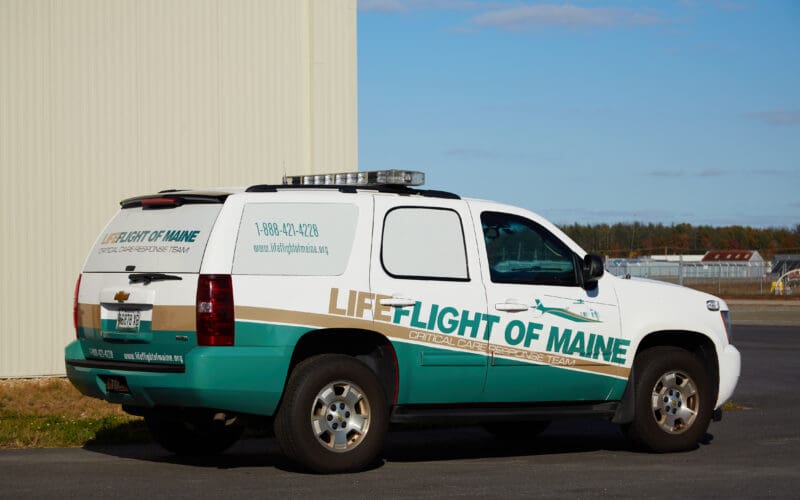
2020
30,000 patients safely transported. Critical Care Academy session held in Presque Isle in conjunction with Northern Maine Community College. Work begins on new FAA/LifeFlight national demonstration project to establish low-level instrument flight performance-based navigation ‘next gen’ routes. First cases of COVID-19 are reported in Maine. LifeFlight’s first Agusta 109SP model (N901LF) is purchased though the generous support of donors.

2021
32,000 patients transported. Newest helicopter, N901XM, was purchased through the generous support of donors and began transporting patients in Maine.
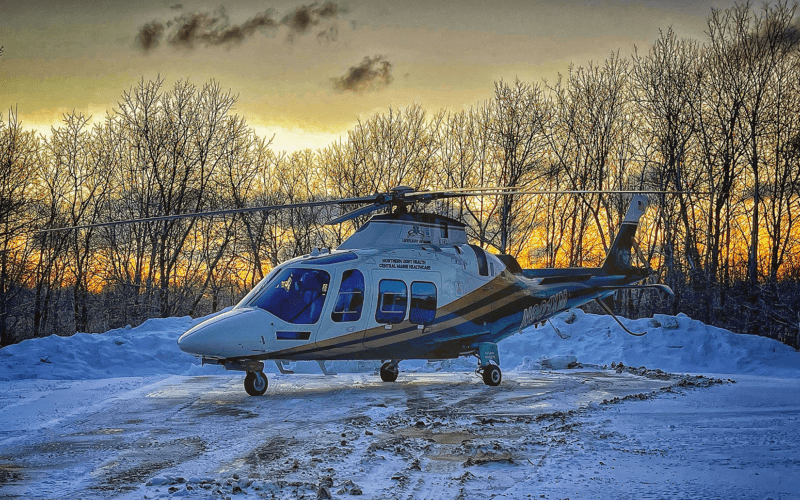
2022
33,000 patients safely transported. Bangor Savings Bank Simulation & Learning Labs installed in three LifeFlight bases. LifeFlight Aviation Services was established and received its Part-135 Air Carrier Certificate from the FAA.

2023
LifeFlight of Maine marks 25 years of service. We transported our 36,000th patient. We also launched our Critical Care Ground Transport program.
